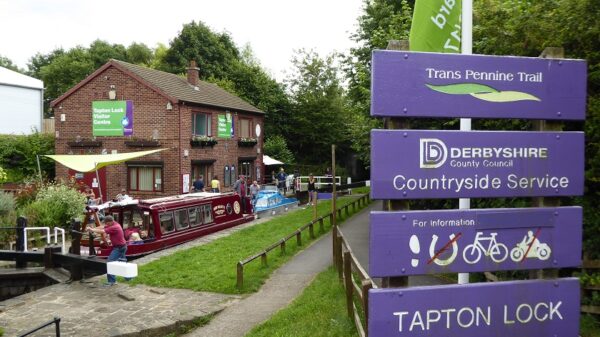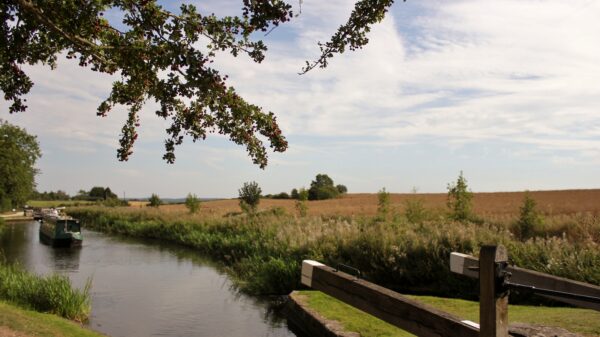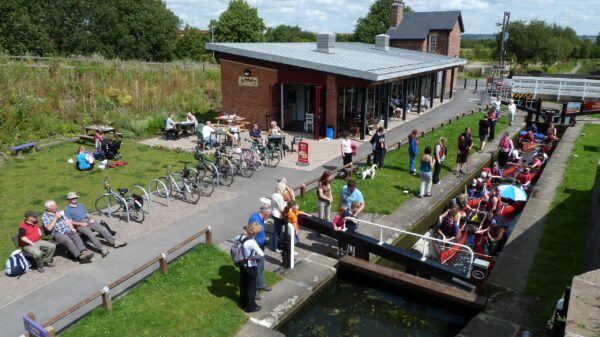From the River Trent to Chesterfield
The Chesterfield Canal was opened in 1777 and was one of the last of the canals to be designed by James Brindley. The canal is 46 miles long and runs from the River Trent at West Stockwith in Nottinghamshire, passing through South Yorkshire and on to the centre of Chesterfield in Derbyshire. The canal was built to link Chesterfield, Worksop and Retford to the River Trent to gain access to more trade. Local Anston Stone was transported along the canal to the river to be used in the construction of the Houses of Parliament.
In the 1800s, the Chesterfield Canal was a huge commercial success due to the transportation of locally mined coal. However, mining coal caused subsidence in the Norwood Tunnel in 1907, causing the top end of the canal to be cut off. Subsequently, the main purpose for the Chesterfield end of the canal was to provide water to the iron industry. Over the other side of the collapsed tunnel, freight haulage via the canal continued between Worksop and West Stockwith until the late 1950s.




